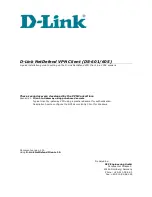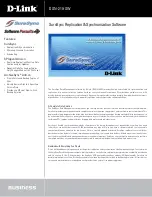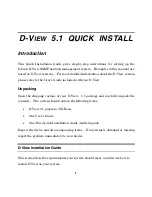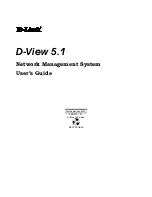
Managing Multipath I/O for Devices
57
no
vd
ocx
(e
n)
7 Ja
nua
ry 201
0
\_ round-robin 0
\_ 1:0:0:2 sdag 66:0 [ready ]
\_ 0:0:0:2 sdc 8:32 [ready ]
Paths are grouped into priority groups. Only one priority group is ever in active use. To model an
active/active configuration, all paths end up in the same group. To model active/passive
configuration, the paths that should not be active in parallel are placed in several distinct priority
groups. This normally happens automatically on device discovery.
The output shows the order, the scheduling policy used to balance I/O within the group, and the
paths for each priority group. For each path, its physical address (host:bus:target:lun), device node
name, major:minor number, and state is shown.
Configuring User-Friendly Names or Alias Names in /etc/multipath.conf
A multipath device can be identified by either its WWID or an alias that you assign for it. The
WWID (World Wide Identifier) is an identifier for the multipath device that is guaranteed to be
globally unique and unchanging. The default name used in multipathing is the ID of the logical unit
as found in the
/dev/disk/by-id
directory. Because device node names in the form of
/dev/sdn
and
/dev/dm-n
can change on reboot, referring to multipath devices by their ID is preferred.
The multipath device names in the
/dev/mapper
directory reference the ID of the LUN and are
always consistent because they use the
/var/lib/multipath/bindings
file to track the
association. These device names are user-friendly names such as
mpath0
.
You can specify your own device names to use via the ALIAS directive in the
/etc/
multipath.conf
file. Alias names override the use of ID and
/dev/mapper/mpathN
names.
IMPORTANT:
We recommend that you do not use aliases for the root device, because the ability to
seamlessly switch off multipathing via the kernel command line is lost because the device name
differs.
For an example of
multipath.conf
settings, see the
/usr/share/doc/packages/multipath-
tools/multipath.conf.synthetic
file.
1
In a terminal console, log in as the
root
user.
2
Open the
/etc/multipath.conf
file in a text editor.
3
Uncomment the
Defaults
directive and its ending bracket.
4
Uncomment the
user_friendly_names option
, then change its value from No to Yes.
For example:
## Use user friendly names, instead of using WWIDs as names.
defaults {
user_friendly_names yes
}
5
Optionally specify your own user-friendly names for devices using the
alias
directive in the
multipath
section.
For example:
Содержание LINUX ENTERPRISE SERVER 10 SP3 - ARCHITECTURE-SPECIFIC
Страница 4: ...4 SLES 10 SP3 Storage Administration Guide novdocx en 7 January 2010...
Страница 30: ...30 SLES 10 SP3 Storage Administration Guide novdocx en 7 January 2010...
Страница 42: ...42 SLES 10 SP3 Storage Administration Guide novdocx en 7 January 2010...
Страница 76: ...76 SLES 10 SP3 Storage Administration Guide novdocx en 7 January 2010...
Страница 108: ...108 SLES 10 SP3 Storage Administration Guide novdocx en 7 January 2010...
Страница 118: ...118 SLES 10 SP3 Storage Administration Guide novdocx en 7 January 2010...
Страница 124: ...124 SLES 10 SP3 Storage Administration Guide novdocx en 7 January 2010...
Страница 132: ...132 SLES 10 SP3 Storage Administration Guide novdocx en 7 January 2010...















































